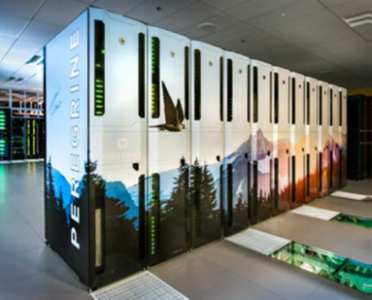CHALLENGE
The North American power grid’s Eastern Interconnection spans the eastern half of the continent, serving the energy needs of 70% of all U.S. load, more than 240 million people. The system includes more than 5,600 generators connected to more than 50,000 transmissions lines. Simulating the entire system at high resolution for an entire year had never been attempted. In addition, answering the “how” and “how much” around integrating higher penetrations of renewables—such as wind and solar—required a reliable model to examine various scenarios. The challenge was to make “solve-time” manageable without compromising resolution.
SOLUTION
The National Renewable Energy Laboratory (NREL) convened the Eastern Renewable Generation Integration Study—or ERGIS—a high-performance computing effort for understanding impacts of higher renewable penetrations. NREL researchers developed a solution that broke simulations into 73 intervals and overlapped the first two days between each time period. This allowed researchers to capture sufficient information to establish operational history and made it possible to run simulations in parallel on separate nodes while retaining accuracy. Using this approach reduced the solve-time from 500 days to only 19 days.
IMPACT
ERGIS provided the highest temporal and spatial resolution modeling and analysis of the Eastern Interconnection ever done. Results show that integrating large amounts of renewable energy into the Eastern Interconnection is technically feasible while meeting system demands. Pathways and associated challenges have also been identified to answer the “how” and “how much” for integrating high penetrations of renewables. Finally, innovative tools such as data sets, models, and computational solutions developed by NREL for ERGIS can be leveraged on future projects.
Highlighted Resources


